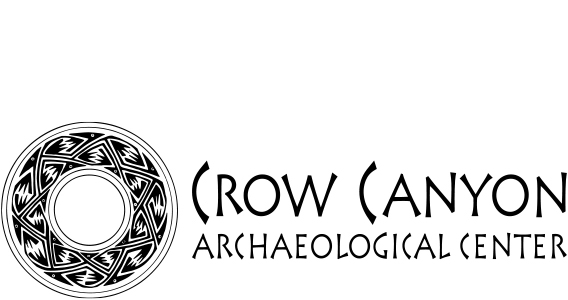Alyson Thibodeau is a doctoral candidate in the Department of Geosciences at the University of Arizona. She is committed to a career as an interdisciplinary scientist, pursuing research at the intersection of archaeology and the geological sciences. Her goal as a researcher is to integrate knowledge across traditional disciplinary boundaries and find new and scientifically innovative ways to investigate the archaeological record. Alyson obtained her undergraduate degree from Amherst College, where she completed a double major in anthropology and geology.
Alyson was a National Science Foundation-IGERT (Integrative Graduate Education and Research Traineeship) Fellow in Archaeological Science from 2004 to 2006. The IGERT program seeks to fundamentally change graduate education by providing opportunities for collaborative, interdisciplinary research and produce scholars who are leaders and creative agents for change in a globally engaged science and engineering workforce.
In her research, Alyson uses geochemical techniques to address archaeological questions in the Southwestern United States, Mexico, and Belize. In particular, she uses isotopic tracers to infer the geologic sources of metals, minerals, and other materials that are found in the archaeological record. These studies allow Alyson to examine questions of human movement, resource procurement, and long-distance trade and interaction. Her research clarifies questions about the prehistoric mining and exchange of many types of raw materials, including turquoise, azurite, malachite, and lead ores.
### 2011 Fellow Abstract
Alyson’s dissertation addresses a question of fundamental importance to the archaeology of the U.S. Southwest and Mexico: Can the turquoise objects found in archaeological sites be linked to specific geological sources? This question has generated tremendous interest among archaeologists because turquoise was prized by prehispanic societies living in both the U.S. Southwest and Mexico and was extensively mined and traded across these areas. Over the last 40 years, scientists have used a variety of chemical analyses, particularly trace element analyses, in attempts to link archaeological turquoise to geological sources. However, the utility of trace elements for the study of turquoise provenance has been limited due to the chemical variability of turquoise within individual deposits and the abundant impurities that are often closely associated with turquoise mineralization.
Alyson has pioneered a new approach to turquoise provenance using lead and strontium isotope analyses. The objectives of her research are threefold: to construct a new geochemical framework for addressing questions of turquoise provenance in the U.S. Southwest and Mexico; to establish that this technique can be applied to archaeological samples; and to demonstrate how information about turquoise provenance can transform ideas about the procurement and exchange of this mineral among prehispanic societies. Over the past five years, Alyson has made more than 250 lead and strontium isotopic measurements on turquoise collected from 18 mining districts in the U.S. Southwest and northern Mexico. To date, her work indicates that lead and strontium isotopes define unique geochemical fingerprints for the majority of these turquoise sources and that lead and strontium isotope analyses can be successfully applied to turquoise with a variety of chemical and physical characteristics. Alyson has also demonstrated that the distinctive isotopic signatures of many turquoise sources can be understood in terms of the geological circumstances under which different deposits formed.
Alyson’s dissertation will use the isotopic fingerprints of individual sources to infer the geologic provenance of turquoise found in archaeological sites. She is especially interested in evaluating claims about the source of turquoise found at sites in Chaco Canyon, New Mexico, and testing the idea that Pueblo societies of the Southwest U.S. traded turquoise to Mesoamerica. To address these questions, she will analyze turquoise from two of the world’s most important archaeological sites: Pueblo Bonito in Chaco Canyon and the Templo Mayor in Mexico City.
Alyson’s dissertation will use the geochemical framework she has developed to address some of the most persistent and exciting questions of Southwestern and Mesoamerican archaeology. Her work promises to make a significant and lasting contribution to our knowledge of the prehispanic societies of these areas and offers the archaeological community a powerful new tool to investigate the social and political dynamics of Pueblo and Mesoamerican groups.
Alyson Thibodeau
2011 Lister Fellow




